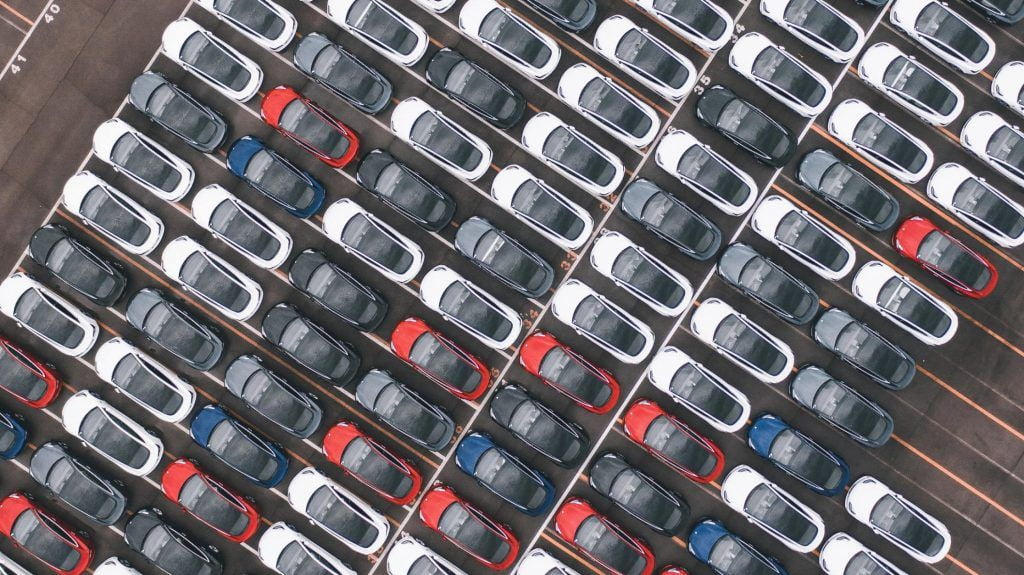U.S. automotive production is suffering from a shortage of heavy rare earths due to supply chain disruptions.
According to the Federal Reserve Bank of Chicago, district production of light vehicles declined in July, and some automakers reported disruptions in the heavy rare earth supply chain.
At the same time, heavy truck production declined slightly.
The Chicago district has a strong presence of manufacturing and automotive industries, especially in Illinois, Indiana and Michigan.
Rare earth shortages
According to a Dallas Fed survey, the main concerns for manufacturing manufacturers are a potential recession, rising input costs, and increasing geopolitical uncertainty.
In the Dallas district, the outlook for manufacturing remained weak, and uncertainty increased.
Rare earth elements (REE), classified as critical minerals by U.S. Executive Order 13817, are used in key components in the automotive sector.
These include catalytic converters used in automobiles and permanent magnets that are part of electric vehicle motors.
These materials are essential for the operation of advanced technologies within the automotive industry and also have applications in defense.
Global production
Globally, China gained ground in the automotive industry. In 2024, it raised its share of global light vehicle production to 33.7%, up from 32.0% in 2023, according to S&P Global data.
In contrast, North America ceded ground. Its share fell from 16.4% to 16.2% in the same period.
As a result, China manufactured 29 million 241,000 units of light vehicles. North America (United States, Mexico and Canada) produced 14 million 042,000 units.
The Chinese advance marks a new pressure for the North American industry.
A third report, from the Federal Reserve Bank of St. Louis, stated that an engine manufacturer reported that, although recent sales met expectations, they were lower than those of the previous year.
In addition, an automaker reported that sales were solid and that the company was operating at full capacity.

